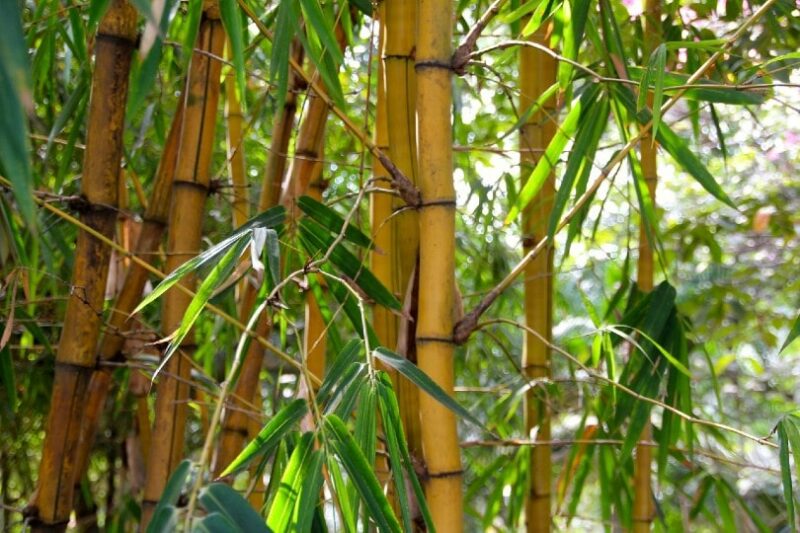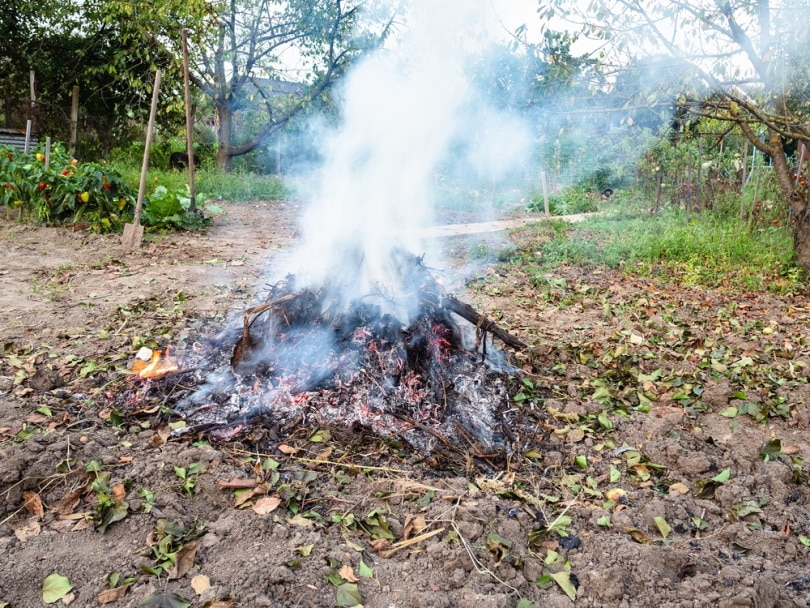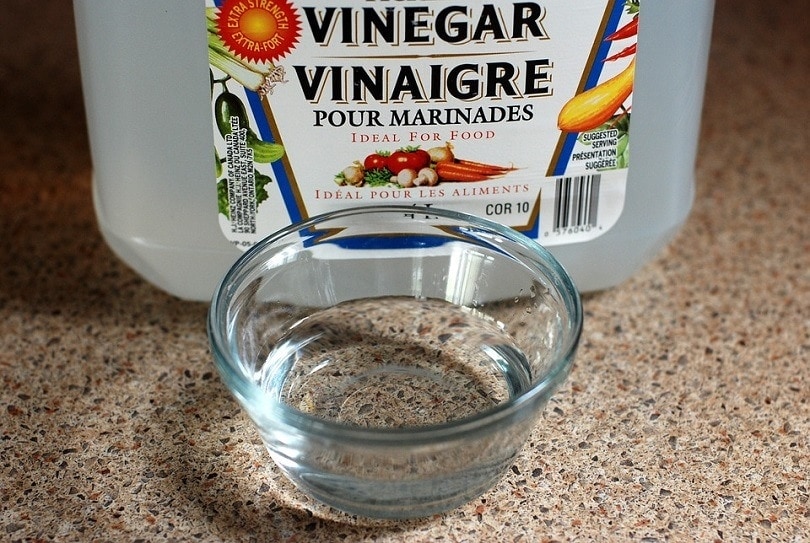How to Kill Bamboo (6 Expert Tips)
-
Kristin Hitchcock
- Last updated:

Bamboo is one of the few plants that will completely regrow after being cut down. While this is great for those looking to grow bamboo, it makes the plant much more challenging to get rid of. For this reason, you’ll have to be smart when trying to get rid of any bamboo in your yard. Cutting it down alone won’t work.
Luckily, there are quite a few methods that will work. These range from herbicides to literally ripping the plant from the ground. We recommend choosing whichever method makes the most sense in your situation.
The 6 Tips to Kill Bamboo
1. Herbicides
Bamboo is one of the hardiest plants out there. For this reason, using herbicides alone isn’t often enough to kill the plant. However, you can prevent it from regrowing after cutting with herbicides—if you spray the plant often enough. Sadly, this isn’t a silver bullet and doesn’t work all of the time.
The type of herbicide you use matters, as well. We recommend glyphosate herbicides, as they tend to be most effective against bamboo. Be sure to spray any new shoots as early as possible and keep spraying until the plant hasn’t sent up any new shoots in months.
You’ll need dedication to use this method, as it requires a lot of reapplications.

2. Manually Removing
You can also manually remove the plant from the ground, which will prevent it from regrowing. To do this, you’ll need to cut the bamboo as close to the ground as possible using a handsaw. You can dry out the bamboo poles to use them in a project or give them to a friend.
Next, you’ll need to dig out the root system of the plant. As you might imagine, this is a lot of work and requires a significant time investment. You should start on the outer area of the roots, where they are less strong. Move all around the plant and then remove the root ball from the ground once you’ve removed all the dirt around it. Once you’re done, you can fill in the hole and move on to the next plant.
Bamboo roots mostly grow horizontally. However, they can grow as deeply as 3 feet. Very mature bamboo may be impossible to remove using this method, as the roots may simply be too deep and too big.

3. Mowing
If your bamboo plants are younger, you may simply be able to mow over them continuously. This method only works if the bamboo shoots are small enough for your mower to destroy. The size of your mower obviously plays a role here. Larger, stronger lawnmowers will be more helpful in this method. You’ll need to cut the shoots down to the ground first and then mow over any new shoots that sprout up.
Just keep mowing over that area just like you would grass. Eventually, the shoots may stop coming up altogether. However, the main point is that the constant mowing will prevent the shoots from developing much at all.

4. Boiling Water
Many people swear by boiling water. However, this method is hit-or-miss. It requires a lot of dedication, just like herbicide. However, you also have to do some digging.
To do this, you’ll need to cut the bamboo to the ground. Then, use a shovel to reveal as much of the root system as possible. Pour boiling water on the root system to damage the roots. Continue to do this until new growth no longer develops. It may take a few tries of pouring boiling water before the roots don’t recover.

5. Burning
You won’t actually be using fire to burn the roots in this method. However, if it’s hot in your area, you can use ammonium nitrate fertilizer to burn the roots of the bamboo plant, killing it permanently. This method is pretty simple and very effective, but it also happens to be one of the more dangerous options.
First, cut the bamboo down until it’s only a few inches tall. Then, spread ammonium nitrate fertilizer over the area where the bamboo is growing. It will kill everything it is touching, so keep this in mind. Next, cover the area with transparent, plastic film. Use rocks to hold down the edges and keep the film from moving.
The idea is that the sun will heat the area underneath the film, which will make the fertilizer burn the plant. Plus, the plant will also get less oxygen thanks to the plastic, helping kill the root system.
You will need to dig up the plant’s roots after a few weeks of this process. However, at this point, they should all be dead.

6. Vinegar
You can kill bamboo with vinegar. However, this method requires continuously soaking the roots with vinegar. To accomplish this, you have to dig up the roots. Therefore, it’s a method that requires a lot of patience and work. (Just removing the roots is often the better option if you’re just going to dig them up, anyway.)
First, expose as much of the root system as you can. Then, pour vinegar on the roots. You can use a sprayer to help saturate the roots. Don’t dilute the vinegar. It’s extremely acidic and will prevent the bamboo from sending up any new shoots.
You’ll need to watch the plant for new growths, as it often takes several sessions to kill the roots completely. Once new growths haven’t been spotted in a while, you can safely say that the vinegar has worked.

Conclusion
Bamboo is a hardy plant. There are a few different ways to kill it. However, all of these methods require patience or brute force. The most straightforward way to kill bamboo is to remove the roots from the ground. Of course, this takes a lot of time and effort. Plus, if you miss just one root portion, the plant will regrow.
For this reason, many people look for other methods of removing the bamboo plant. One of the most common methods is to use herbicide, but even this won’t kill the plant quickly. Instead, you often have to spray the plant many times before it stops sending out new growth. Vinegar and boiling water can also be used, but they must be applied many times, as well.
Featured Image Credit: Peggy_Marco, Pixabay
Contents
